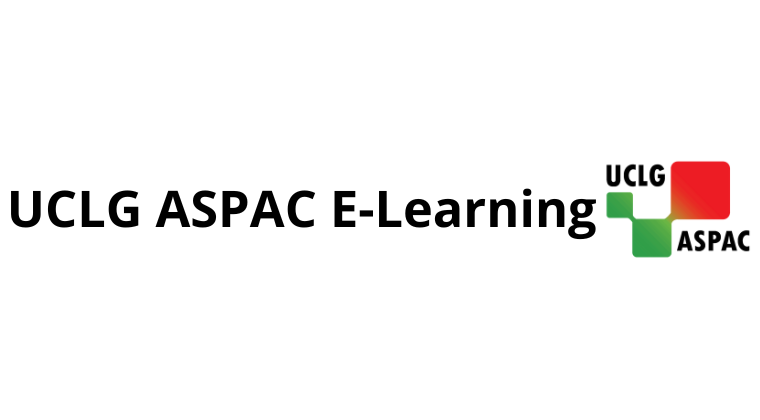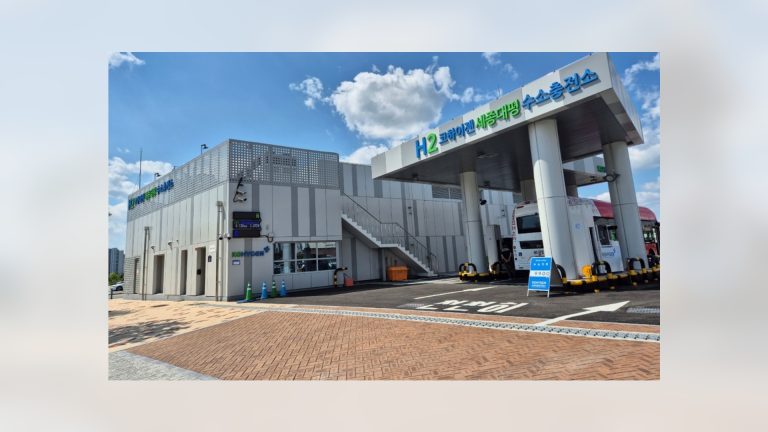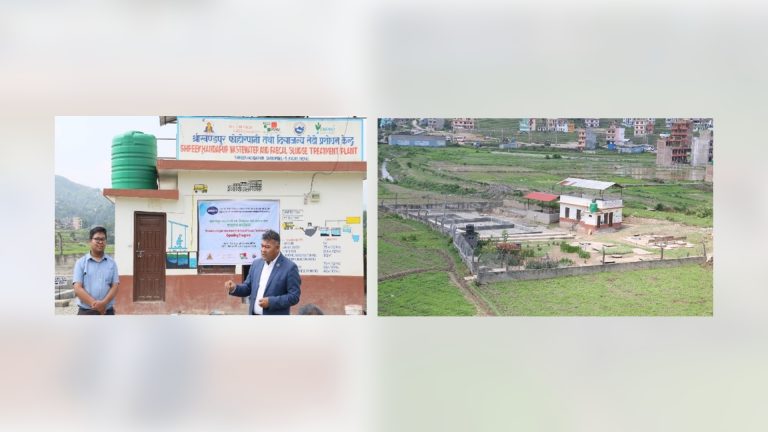April 2023 | UCLG ASPAC Climate Resilient and Inclusive Cities (CRIC) Programme, funded by the European Union (EU), has facilitated knowledge exchange and capacity building to support cities achieve their climate ambition. The efforts have positively contributed to the programme’s pilot cities as well as other cities with the same vision. In its panel discussion, CRIC noted the good practice of Semarang in their climate journey, highlighted climate financing institutions in Indonesia, and the importance of knowledge exchange.
Semarang’s Commitment and Climate Actions Journey
The Head of Semarang City Development Planning Agency, Mr. Budi Prakosa, presented how the city’s commitment plays a key role in ensuring necessary actions are undertaken in response to the climate challenge. According to him, it is important to mainstream climate change into the city’s development planning. Otherwise, the climate-related actions will not be institutionalised.
The Semarang local government had also been equipped with various training programmes, such as the implementation of climate change resilience processes and action, co-development of climate change risk assessments (CRA) and city resilient strategies (CRS), that are supported by various partners and donors.
With all the support, knowledge, and unceasing commitment, Semarang has now six pillars to transform climate planning into actions: providing sustainable water and energy programmes; creating new economic opportunities; reducing diseases and disaster risks; promoting sustainable mobility; optimising public information transparency and good governance and developing competitive human resources. CLICK for details.
Climate Financing Institutions
Cities and local governments in Indonesia can tap into financing opportunities to support their cities’ climate actions. CRIC noted three institutions in Indonesia: The Indonesian Environment Fund (Badan Pengelola Dana Lingkungan Hidup/BPDLH), SDG Indonesia One, and Green Climate Fund.
The Indonesian Environment Fund provides and manages funding not only for environmental and forestry protection and conservation but also for climate mitigation and adaptation. Funding from the Indonesian Environment Fund can also be used in the energy sector, agriculture, transportation, marine and fisheries industries. Cities and local governments can access financing opportunities and information directly from BPDLH website: https://bpdlh.id/.
SDG Indonesia One is an integrated financing platform managed by PT. Sarana Multi Infrastruktur (SMI). This facility is a blended funding combining public and private financing that supports the achievements of 16 of 17 SDGs. The sources of funds come from the private sector, donors/philanthropies, financial institutions, institutional investors, and bilateral and multilateral institutions. Information on funding opportunities from SDG Indonesia One can be found on SDG Indonesia One Website: https://ptsmi.co.id/sdg-indonesia-one.
The Green Climate Fund (GCF) is the implementing entity of the UNFCCC financial mechanism established at the Conference of Parties (COP) in 2010. The GCF is the world’s largest global climate finance mechanism. The GCF has the potential to help Indonesia achieve its NDC targets without burdening the state budget and has a balanced target between mitigation and adaptation.
GCF works through Accredited Entities – among them are Kemitraan and PT. SMI – to channel funding to projects or programmes. The Fiscal Policy Agency representing the Minister of Finance is designated as the National Designated Authority of GCF Indonesia based on the Decree of the Minister of Finance (Number 756/KMK.10/2017). More information can be found on Green Climate Fund Website: https://fiskal.kemenkeu.go.id/nda_gcf/.
CLICK for other funding options.
Capacity Building, Knowledge Exchange: Helping Cities in the Journey
Dr. Akhmad Faqih, an expert from the Institute of Agriculture Bogor (Institut Pertanian Bogor/IPB), highlighted the importance of understanding the city’s local characteristics to increase the city’s resilience to future climate change and extreme weather. He added that to do this, cities can increase their stakeholders’ capacity to evaluate local climatic conditions and characteristic.
According to Dr. Faqih, this needs to be continuously done through detailed methodologies so that the analysis carried out can be more comprehensive and targeted. “Especially with regard to impact-based analysis on the physical environment which is generally unique and specific to each region,” he added.CLICK for details.











